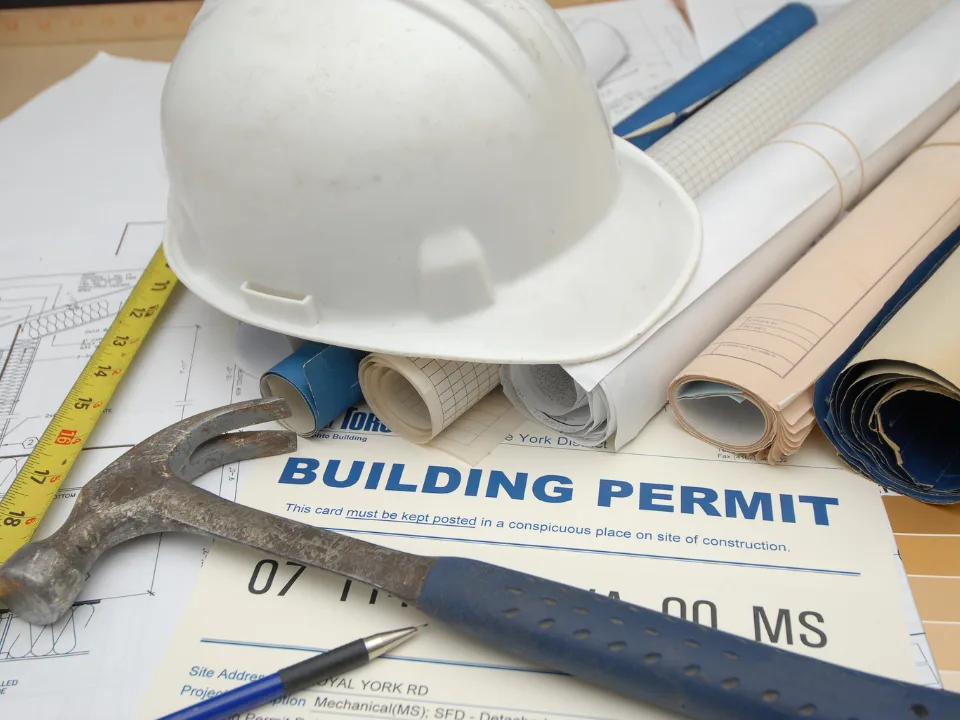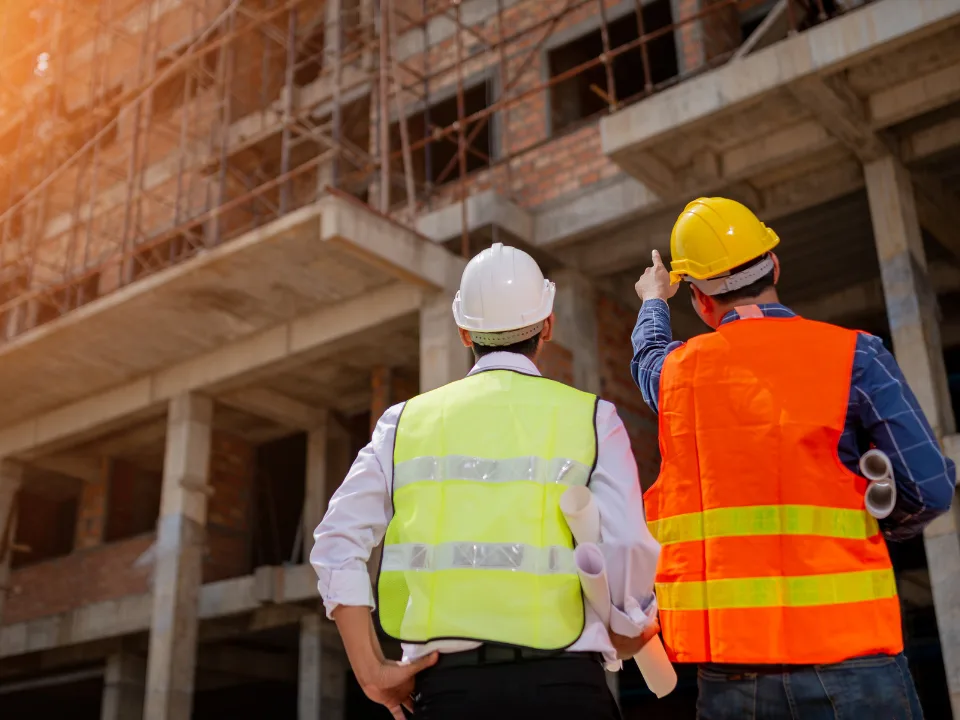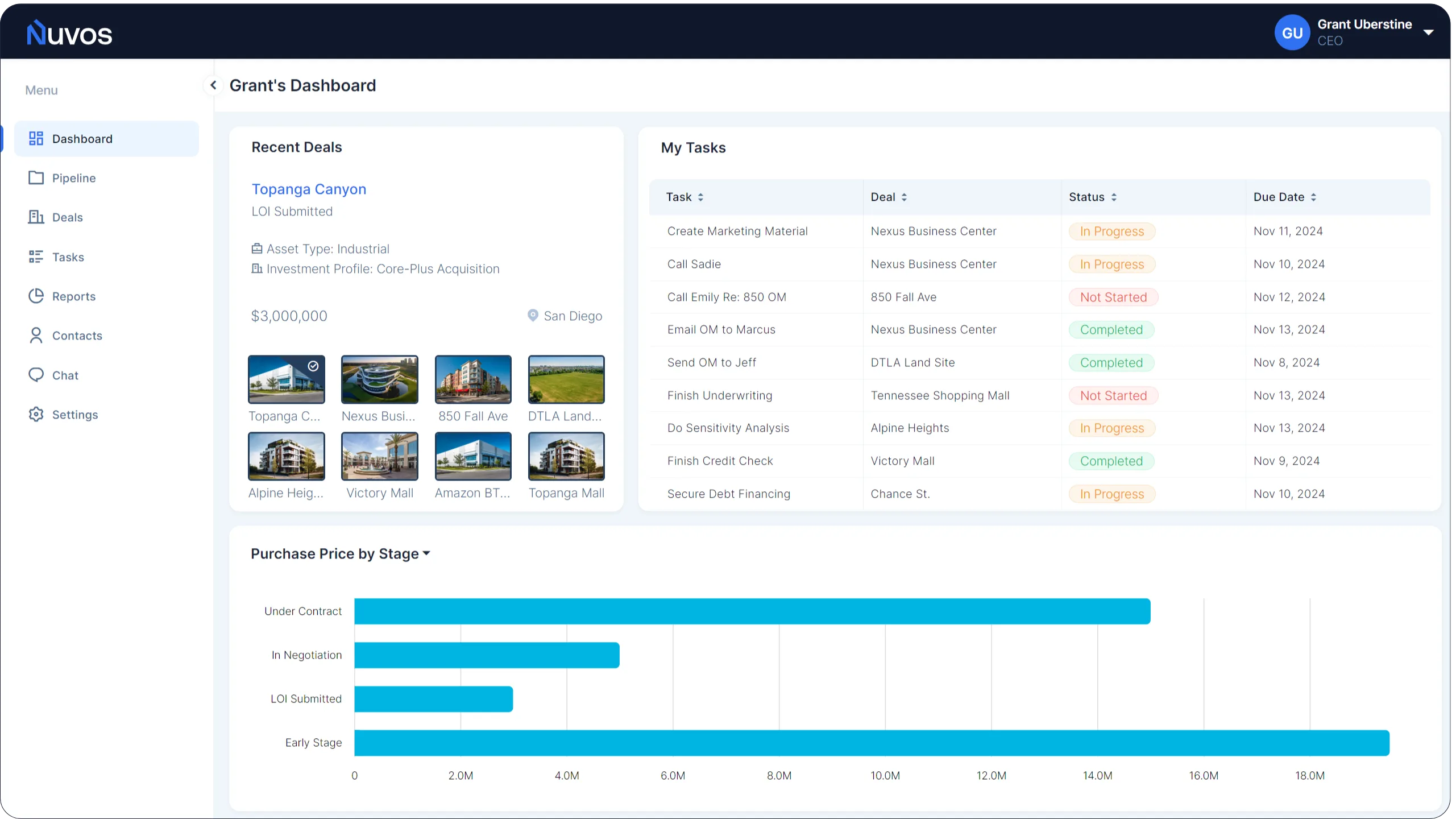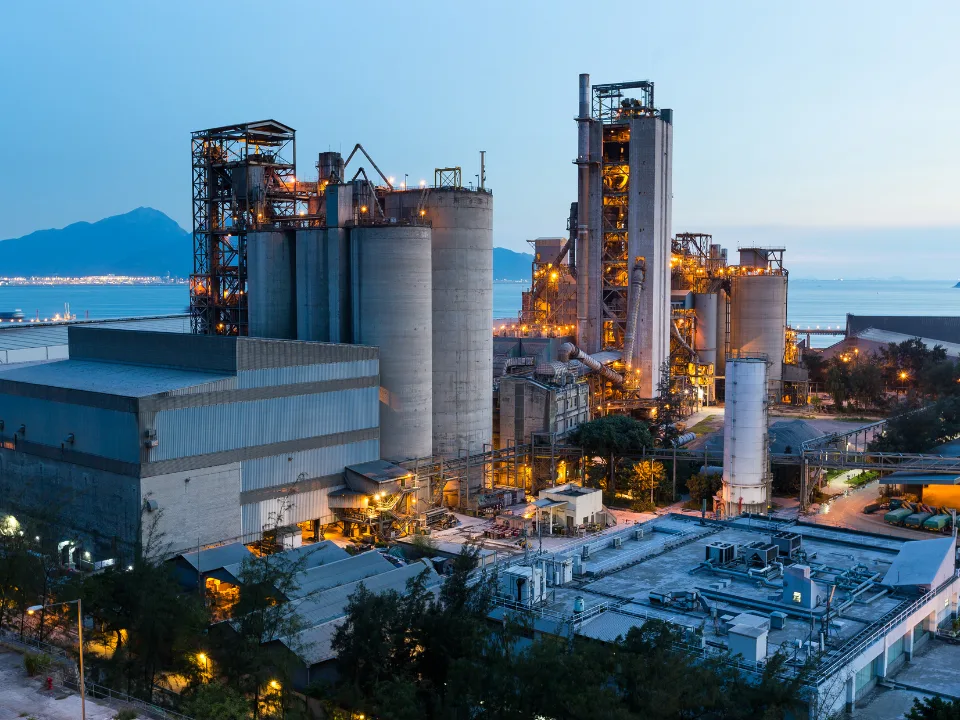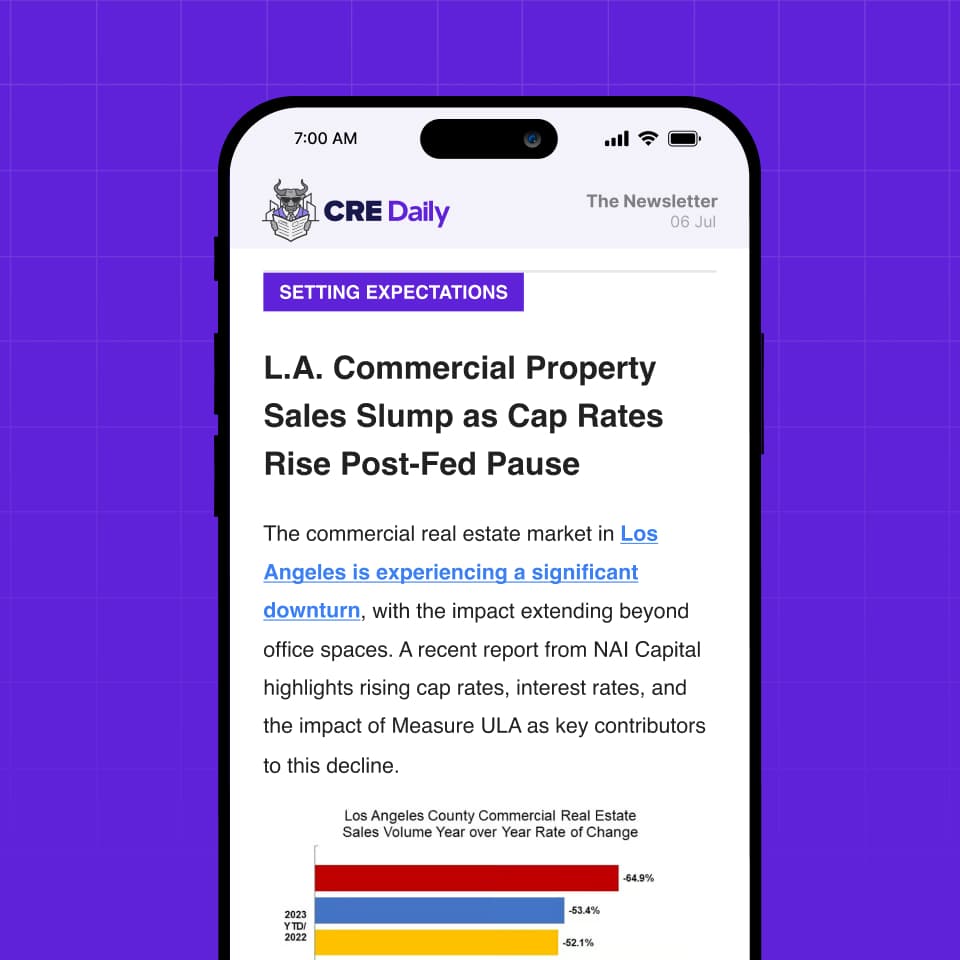- A 25% tariff on steel and aluminum imports is expected to raise construction costs, particularly for large commercial and residential projects.
- Developers relying on steel-heavy construction—such as office towers, apartment buildings, and government projects—could see costs rise 3–10%.
- The US lacks sufficient domestic steel production, making developers reliant on imports from Canada, China, Brazil, and Mexico.
- Smaller-scale projects, like shipping container developments, may have cost-saving alternatives, but large projects have few viable substitutes for steel.
As commercial real estate developers hoped for a more stable 2025, the latest 25% tariff on imported steel and aluminum is adding a new challenge to the mix, as reported by GlobeSt.
According to Lisa Colon, a legal advisor and partner at Saul Ewing, the new tariffs, which aim to boost domestic steel production, could drive developers’ construction costs up by 3–10%.
“The intent of tariffs is to get local steel manufacturing factories up and running,” Colon said. “That’s going to take time, though, and right now, we don’t have enough U.S. steel production to meet demand.”
Get Smarter about what matters in CRE
Stay ahead of trends in commercial real estate with CRE Daily – the free newsletter delivering everything you need to start your day in just 5-minutes
Projects Hit Hardest
Larger developments—especially those requiring significant steel use—are expected to feel the biggest financial strain. These include:
- High-rise apartment and condo buildings
- Office towers
- Large-scale government projects
Colon pointed to Ken Griffin’s $1B Citadel HQ in Miami as an example of a project that could be seriously affected.
Smaller projects, however, may have alternatives. Developers working with shipping container construction—often used for affordable housing and small commercial spaces—may be able to avoid rising steel costs.
What’s Next
While material prices have been stabilizing in recent months, the new tariffs will likely disrupt that trend. Colon, however, does not expect extreme volatility similar to the pandemic-era supply chain disruptions.
For now, developers should prepare for higher costs, potential supply chain shifts, and the possibility of additional tariffs. With the White House recently suspending tariffs on Canada and Mexico for 30 days, the CRE industry will be watching closely for further trade developments.


